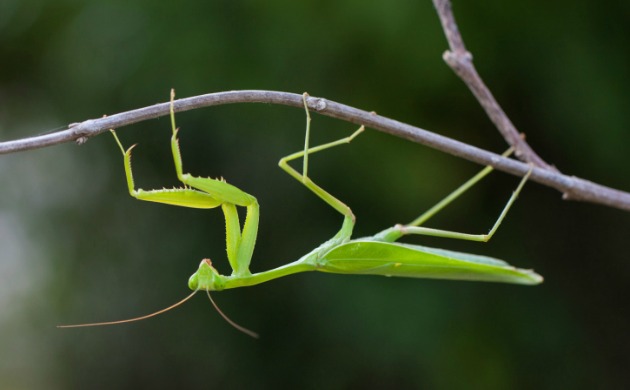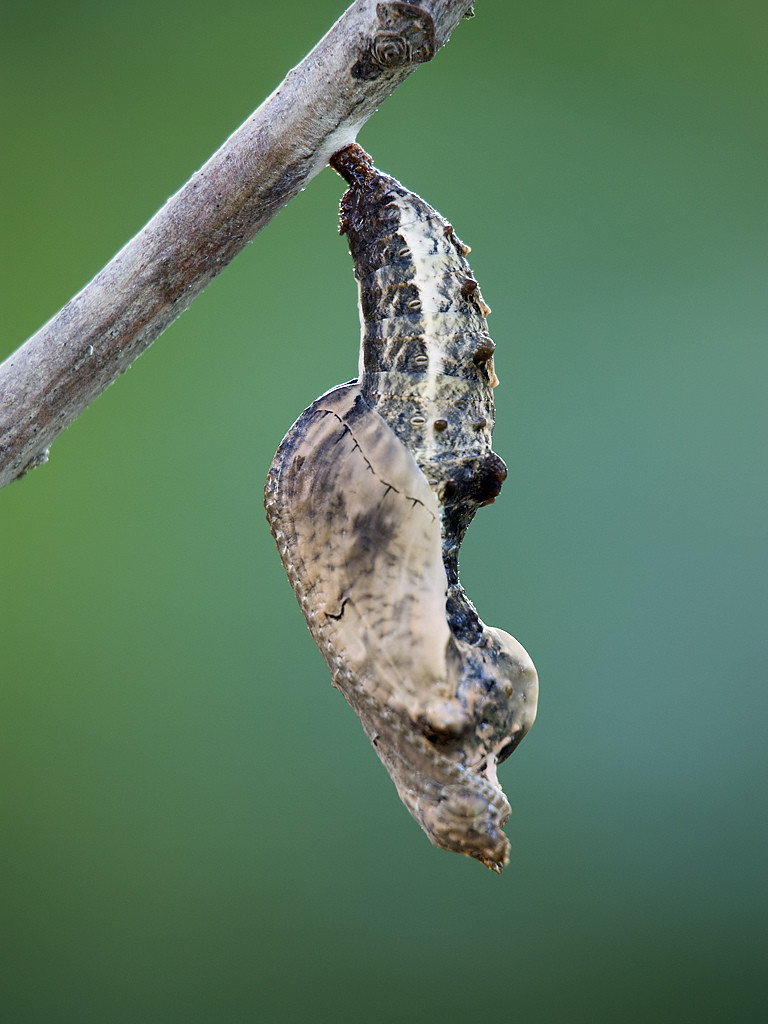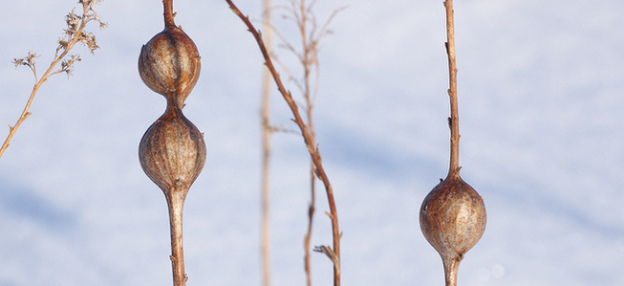Getting our yards ready for birds in the winter includes cleaning and filling our feeders with quality bird food, high in fat and protein. It also includes looking at our gardens and learning what to do and what not to do to make them optimal places for birds.
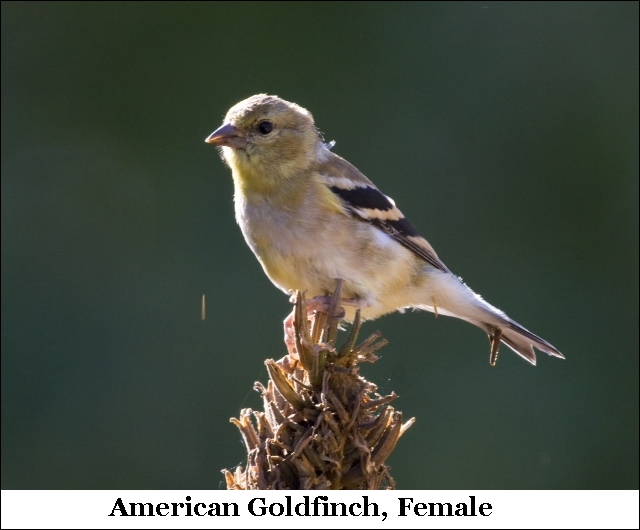
As part of our desire to clean, we may engage in leaf raking and cutting back our perennials that are no longer in bloom. Here are reasons why we should consider modifying these fall clean-ups.
Many insects over-winter and can survive freezing temperatures as eggs, larvae, pupae or adults because they produce an anti-freeze (glycerol) in their bodies. This glycerol keeps the water in their tissue cells from freezing and ripping the cell walls. Many of our insects lay their eggs in the twigs of favored plants. For example, some katydids use their ovipositors to glue rows of eggs to viburnums and dogwoods, while others pierce the stems of goldenrods and asters in order to lay the eggs inside, safe during the winter months. The same is true of the Miridae (plant bugs), Cicadellidae (leafhoppers) and Berytidae (stilt bugs), which are all great food sources for our birds.
We are familiar with the epic Monarch Butterfly migration, but did you know that most of our butterflies spend the winter here as chrysalids? These chrysalids are attached to sticks and stems in your butterfly plants, suspended by silken pads that are spun into vertical structures or horizontally on stems. The Tiger, Spicebush and Zebra Swallowtails all spend winter in this way. If you clean out your flower beds, you are cleaning away the butterflies. Instead, leave them until spring when they will emerge as beautiful adults. Another type of butterfly, the Fritillaries, spend the winter as a first instar larvae in the plant litter that surrounds violets. That way, they are ready to use the violets as their food source in spring. Cleaning up the fallen leaves within your violet patch cleans away this type of butterfly.
Regarding raking leaves, if you imagine how many butterfly larvae are in your fallen leaves, perhaps you could consider raking them into an area of the yard for the winter months. Placing leaves in a pile, or mounding them under your hedgerow or evergreens, and placing them on top of perennial beds will give the larvae of these butterflies a chance to survive and mature. Sending the leaves to the curb for pick up creates the opposite result. In late spring (end of May), the butterflies can emerge and your clean up can begin.
Galls (abnormal outgrowths of plant tissue) are home to tephritid flies, as well as many other species including wasps, aphids, and midges. These insects are sources of food for Black-capped Chickadees and Tufted Titmice, both species capable of hanging on and chiseling into the gall for the insect inside. Hollow stemmed plants and the bases of tall grasses are also places where native bees may hibernate through the winter – another reason not to clean up.
Many of our seed-bearing plants such as Coneflower (Echinacea), and Black-eyed Susan (Rudbeckia) have seeds that have not been eaten and are ripe in autumn, just in time for the young goldfinches to be feeding upon them. The other day, I watched a patch of my bird-friendly garden, which was mostly brown instead of colorful, and yet the number of goldfinches feeding was astonishing to me. I counted seven of them in a little patch no larger than ten feet square. Birds have rods and cones in their eyes which allow them to see that the seeds are ripe and ready to eat. By many garden standards, these plants would have been cut back, taking away the food source that is critical for these birds this time of year. Leaving these plants without cutting them back not only provides a food source, it also adds winter interest to the garden. Snow and frost can be beautiful on these plants.
Our resident winter birds are great at finding these protein rich food sources. Watching them in your winter garden among the plants you leave is very educational and entertaining.
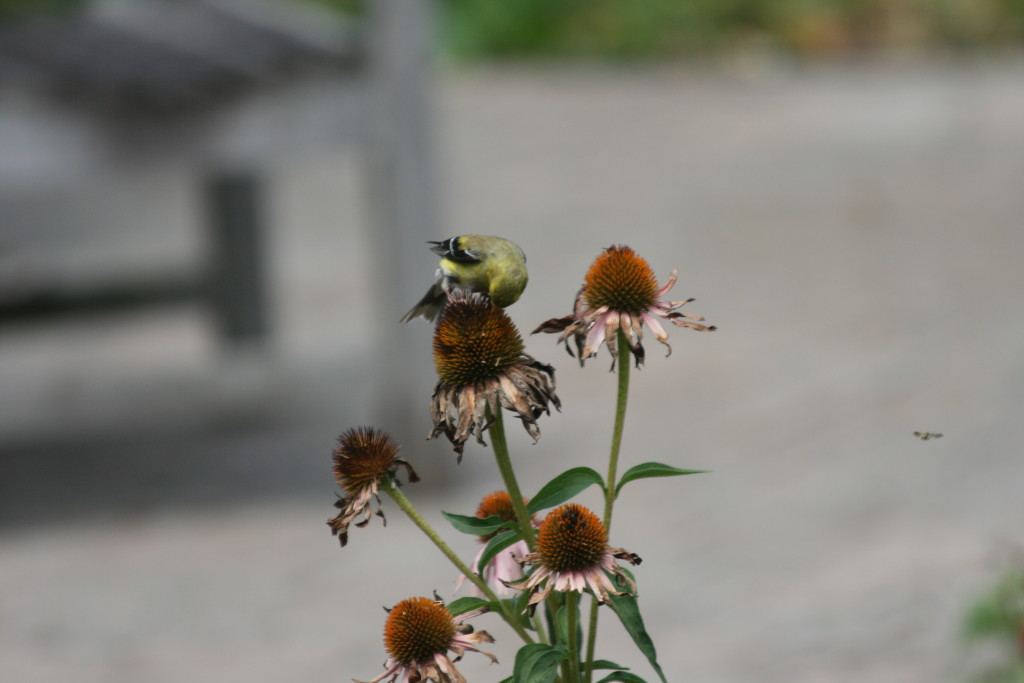
So sit back and enjoy the extra time you gain by not doing fall clean up – watch the birds instead!
Have you joined our email list? Click here to sign up, it’s free and gives you access to sales, coupons, nature news, events, and more!

